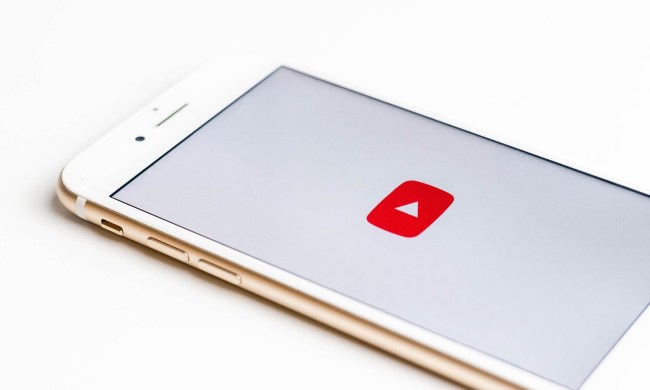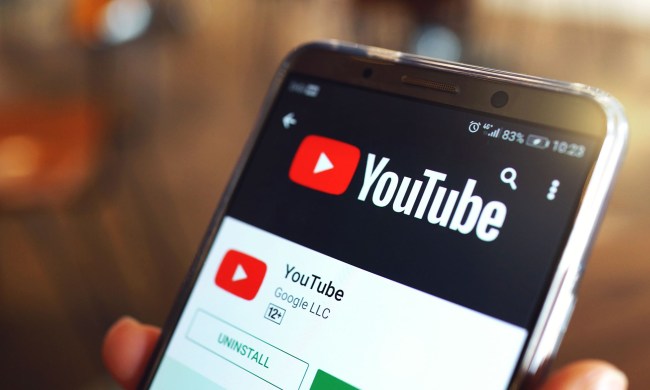Popular YouTuber Lilly Singh is taking a break from the platform because she’s “mentally, physically, emotionally, and spiritually exhausted.”
The Canadian-born content creator has been uploading her unique brand of content to the video-streaming site for the last eight years and currently has 14 million subscribers to her channel. Forbes listed her as the 10th-highest-paid YouTube star in 2017, when she reportedly earned more than $10 million.
But in a video posted on Tuesday, Singh, also known on the platform as “Superwoman,” admitted that the pressure to constantly put out new content has taken a toll on her well-being.
“I’m gonna be real with you all,” the 30-year-old Singh told her fans in a video message explaining her decision to take some time away from YouTube. “I am mentally, physically, emotionally, and spiritually exhausted. I’ve been doing YouTube consistently for eight years … for a lot of those years I’ve been [putting out videos] twice a week, plus the daily vlogs. I’ve enjoyed it, I love it … but I could be mentally healthier.” She said she had “no idea” how long she would be away for.
YouTuber burnout
Singh is the latest in a growing number of high-profile YouTubers to admit to the pressures of running a popular channel. Just last month, Marzia Bisognin, whose channel had more than 7 million subscribers, decided to quit the streaming site altogether after realizing she’d become “completely cut off from the world” and had been existing “in my own little bubble on YouTube.”
Many creators have spoken about the personal strain caused by YouTube’s algorithms, which appear to reward regular content uploads with increased prominence on the site, which in turn leads to more video views. If they stop posting regularly, YouTubers fear it may be harder to show up on YouTube’s listings for recommended videos, while existing fans who expect regular content could desert the channel.
While careful not to condemn the platform that’s helped turn her into a millionaire, Singh herself touched upon the way YouTube’s algorithms can make creators feel like they have to post more and more videos, saying the site “demands constant content.”
“The thing about YouTube is that, in all of its glory, it kind of is a machine and it makes creators believe that we have to pump out content consistently even at the cost of our life and our mental health and our happiness because if you don’t then you become irrelevant,” Singh said. “But I’ve always said that happiness is the most important thing you’ll ever fight for. Relevance is not.”
The YouTuber even said that she wasn’t entirely happy with some of the content she’d been posting lately and wanted to take time off to “get some of my creative energy back and really think about what I want to do and what direction I want to go,” adding, “Until I decide I’m ready, I’m not going to be posting any main-channel videos or any vlogs just until my soul feels ready to do so.”
YouTube recognizes how its creators can get utterly wrapped up in their channel, and earlier this year posted a video offering advice on how to maintain a work-life balance to avoid burnout.

